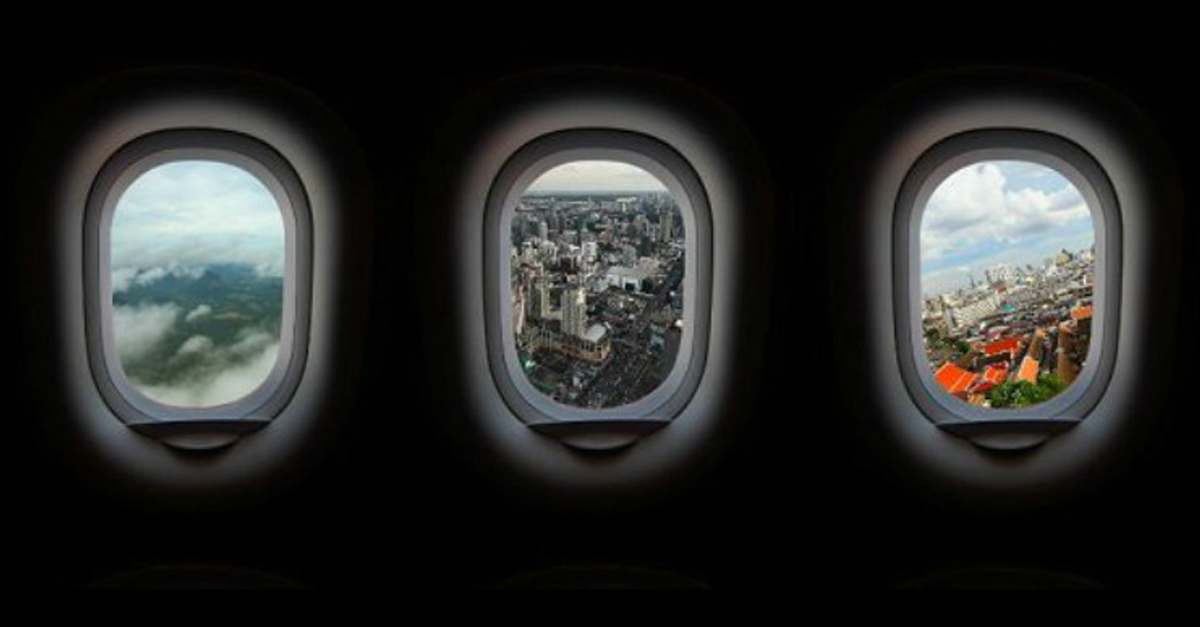While not everyone will have pondered the subject while staring out of the window during a flight, the question as to why aeroplanes have circular windows rather than square ones is interesting.
In the 1950’s, when jetliners were starting to become mainstream, the de Havilland Comet came into fashion. With a pressurized cabin, it was able to go higher and faster than other aircraft.
However, the plane had square windows and in 1953 two planes fell apart in the air, killing 56 people in total.
The reason for the crashes? The windows.
Where there’s a corner, there’s a weak spot. Windows, having four corners, have four potential weak spots, making them likely to crash under stress – such as air pressure.
By curving the window, the stress that would eventually crack the window corner is distributed and the likelihood of it breaking is reduced.
YouTube channel Real Engineering explains more about the rejection of square windows in planes in the video below:
